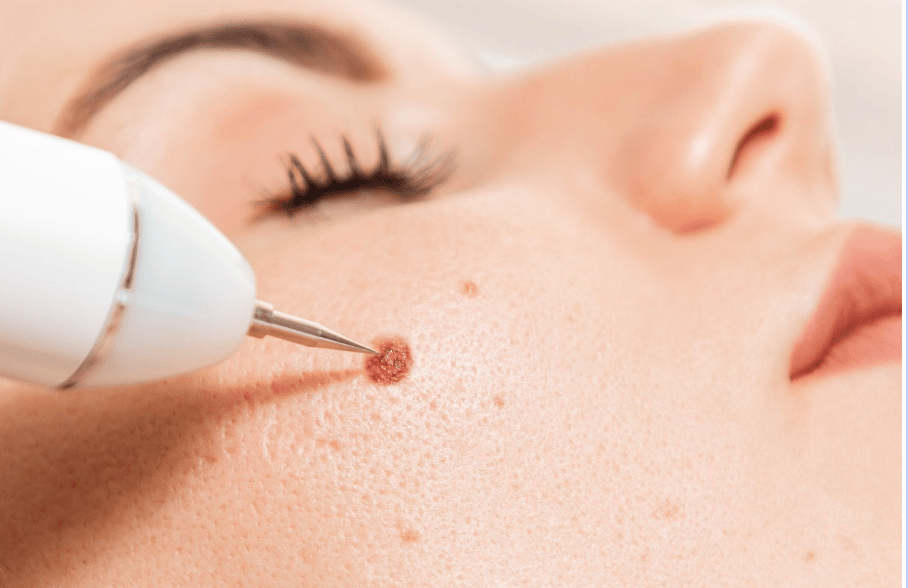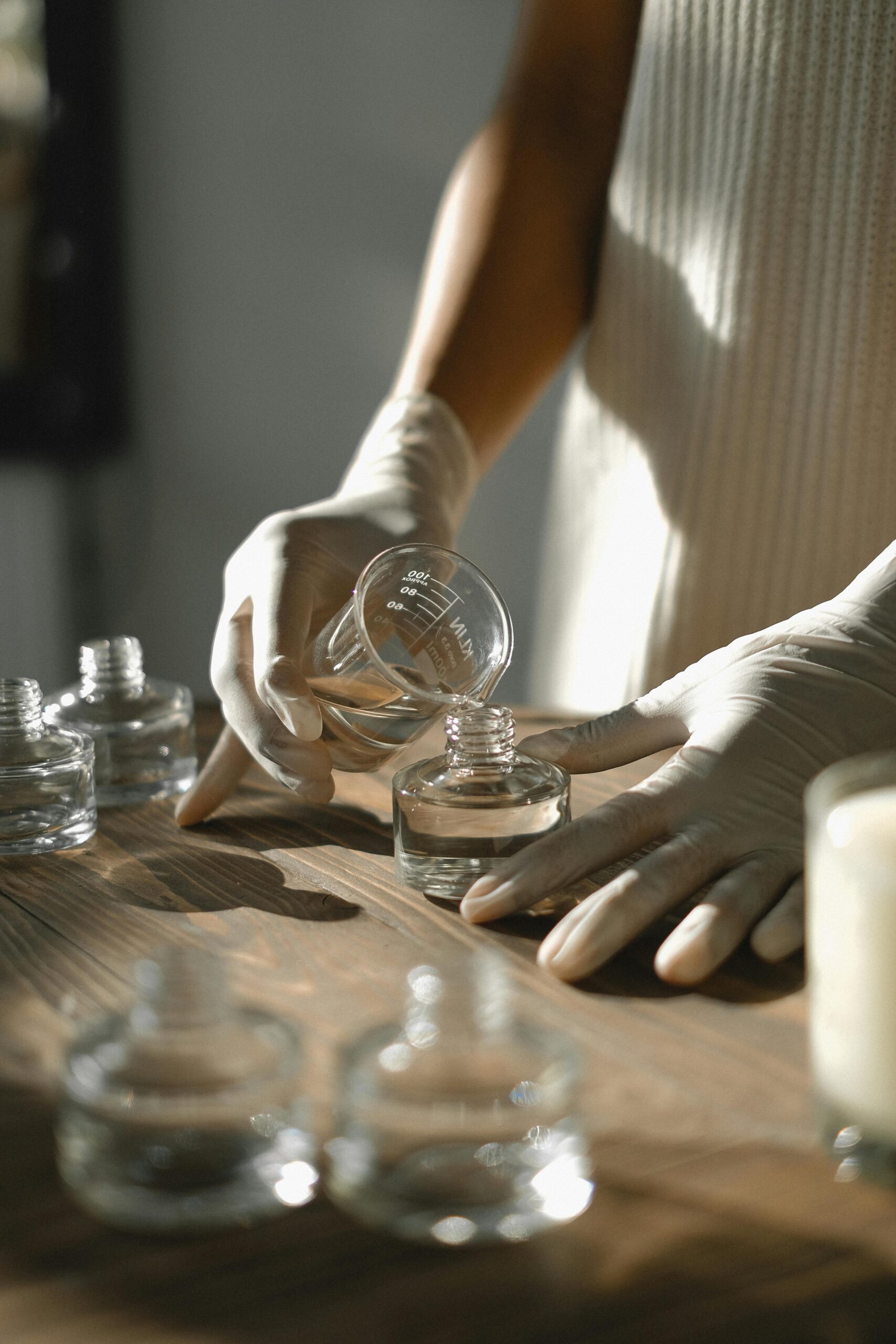Moles are common skin growths that appear as small, dark brown spots caused by clusters of pigmented cells. While most moles are harmless, some people may choose to remove them for cosmetic reasons or if they suspect a mole might be cancerous. If you’re considering mole removal London this guide will help you understand your options, the procedures involved, and where to find the best treatments.
Why Consider Mole Removal?
Mole removal is often a personal choice. Some people seek treatment due to cosmetic concerns, while others may need medical intervention if a mole shows signs of abnormal growth. Here are some common reasons for mole removal:
- Cosmetic Reasons – If a mole is in a visible area, such as the face or neck, some people choose to remove it to enhance their appearance.
- Skin Irritation – Moles that rub against clothing or jewelry can become irritated and uncomfortable.
- Health Concerns – If a mole changes in size, color, or shape, it could be a sign of melanoma (skin cancer), requiring immediate medical attention.
Mole Removal Options in London
There are several mole removal procedures available in London, depending on your specific needs and the type of mole you have. Here are the most common methods:
1. Surgical Excision
This method involves cutting out the mole along with a small margin of healthy skin. It is typically performed under local anesthesia by a dermatologist or surgeon. The wound is then stitched up, and the removed tissue is sent for further examination if necessary.
2. Laser Mole Removal
For small, non-cancerous moles, laser removal is an effective and non-invasive option. A high-intensity laser is used to break down the mole’s pigment, causing it to fade away over time. This method is ideal for moles on delicate areas like the face.
3. Shave Excision
In this procedure, the mole is carefully shaved off the skin’s surface using a surgical blade. This method is commonly used for raised moles and typically leaves minimal scarring.
4. Cryotherapy (Freezing)
Cryotherapy involves applying liquid nitrogen to freeze the mole, causing it to fall off naturally. This is a quick and painless procedure but is generally used for non-cancerous moles.
5. Radiofrequency Ablation
This modern technique uses radio waves to break down mole tissues with minimal damage to the surrounding skin. It’s a great option for individuals looking for a non-invasive treatment.
Finding the Best Mole Removal Clinics in London
London is home to some of the best dermatologists and cosmetic clinics specializing in mole removal. Here are a few highly-rated options:
1. Harley Street Clinics
Harley Street is known for its world-class dermatologists and private medical clinics offering advanced mole removal procedures with high success rates.
2. London Dermatology Centre
This clinic provides expert mole assessments and removal services, ensuring patient safety and effective results.
3. Cosmedics Skin Clinics
With multiple locations across London, Cosmedics Skin Clinics offer laser and surgical mole removal options performed by experienced doctors.
4. NHS Dermatology Clinics
For those looking for medical mole removal due to health concerns, the NHS provides dermatology services that may be covered under healthcare plans.
What to Expect During and After Mole Removal
Before the Procedure
- A consultation with a dermatologist will help determine the best removal method for your mole.
- If necessary, a biopsy may be performed to rule out skin cancer.
During the Procedure
- Local anesthesia is applied to numb the area, ensuring a painless experience.
- The procedure usually takes 15-30 minutes, depending on the mole’s size and removal method.
Aftercare and Recovery
- Mild swelling and redness are common after mole removal.
- Follow the doctor’s instructions for wound care to prevent infection.
- Most procedures heal within 1-2 weeks, with minimal scarring.
- Avoid direct sun exposure on the treated area to prevent pigmentation changes.
How Much Does Mole Removal Cost in London?
The cost of mole removal varies depending on the clinic, the removal method, and whether the procedure is cosmetic or medical. Below is an estimated cost range:
- Laser Removal – £150 – £300 per mole
- Shave Excision – £200 – £500 per mole
- Surgical Excision – £300 – £600 per mole
- Cryotherapy – £100 – £250 per mole
Some NHS services may cover mole removal if it is deemed medically necessary.
Final Thoughts
Mole removal in London is a safe and straightforward procedure when performed by qualified professionals. Whether you seek treatment for cosmetic reasons or health concerns, consulting a skilled dermatologist will ensure the best possible outcome. If you have a mole that bothers you or shows signs of abnormality, don’t hesitate to seek medical advice and explore your removal options today.
If you’re considering mole removal, book a consultation with a trusted London clinic to discuss the best treatment plan for your needs.











